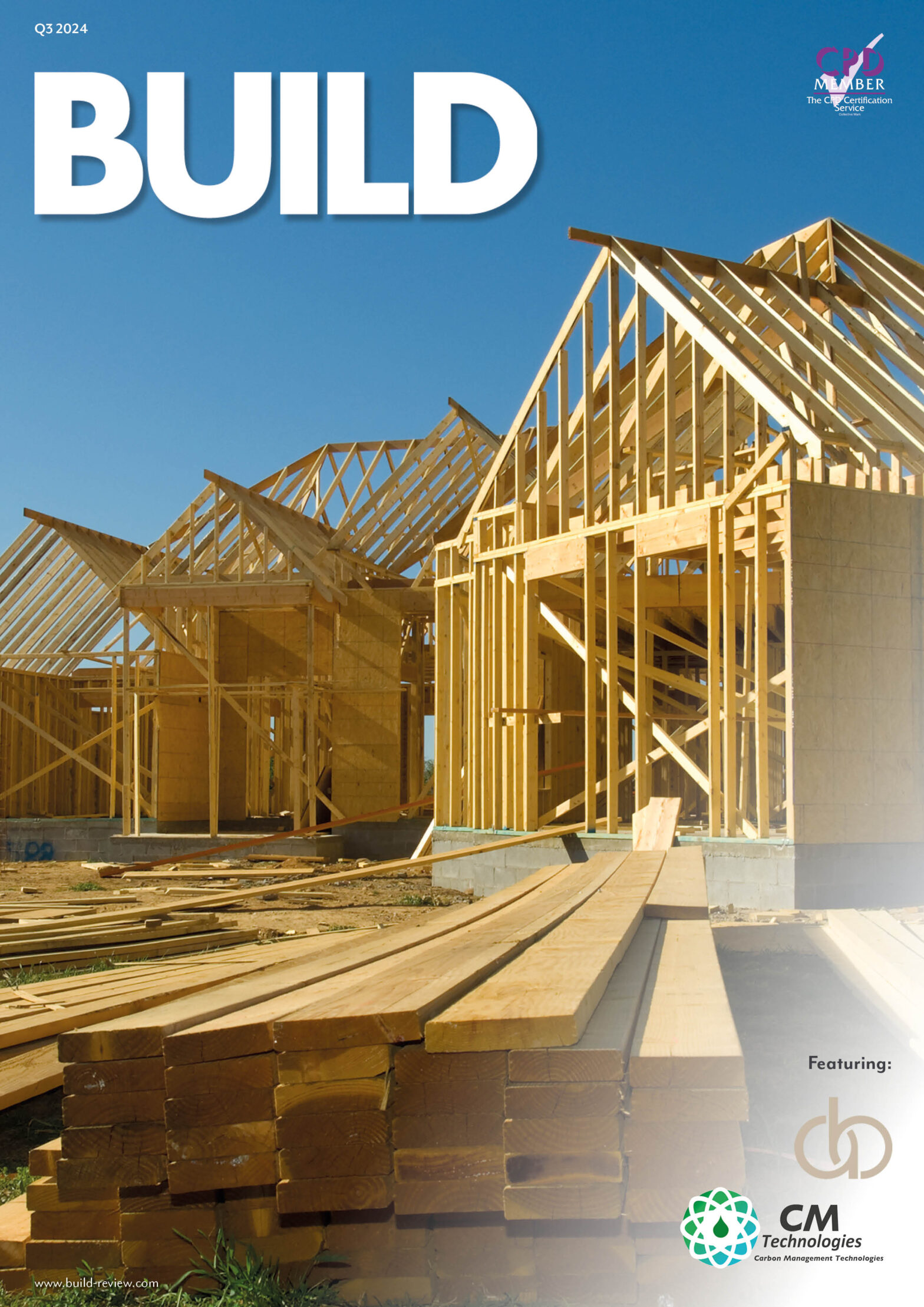Once regarded as a value play for yield-driven landlords, the North West of England is emerging as a region of strategic long-term growth. This shift is being driven not only by affordability but also by a surge in regeneration-led investment. The transformation, supported by billions in public and private capital, is beginning to recalibrate the region’s property values and reposition its urban centres on the national investment radar.
The Regeneration Premium
Regeneration has become more than a planning concept, it is a financial catalyst. According to Savills, residential property values within major regeneration zones in the UK have outperformed local averages by up to 19 percent over a ten-year period. This trend is especially visible in Manchester, Liverpool, and emerging hubs like Salford, Preston and Warrington.
Between 2014 and 2024, average property prices in Greater Manchester rose by 61.2 percent, according to Land Registry data, compared to the national average of 48.3 percent. In areas undergoing targeted redevelopment, such as Ancoats, Salford Quays, and Liverpool’s Baltic Triangle, the growth rates have been even higher.
Ancoats, once a neglected industrial zone, has seen average property prices rise from £130,000 in 2013 to over £290,000 by 2024. This 120 percent increase reflects the scale of transformation led by city council partnerships and private equity-backed development schemes.
Levelling Up in Action
The UK government’s Levelling Up agenda has played a direct role in financing large-scale regeneration projects across the North West. More than £20 billion has been committed through initiatives like the Levelling Up Fund and the Towns Fund, enabling infrastructure and housing development across regional centres.
In Manchester, the £1.4 billion Northern Gateway masterplan is set to deliver 15,000 new homes alongside major transport and public realm upgrades. In Preston, the City Deal has allocated over £430 million for infrastructure investment to unlock residential and commercial growth. In Liverpool, the Ten Streets regeneration zone is repositioning former docklands as a creative and digital business district.
These developments, while varying in scale and scope, share a common outcome: rising local demand for housing, commercial space, and amenities, which in turn lifts property values.
The Investor Equation
For property investors, regeneration areas present a compelling value proposition. The first is capital appreciation, often in line with or ahead of national averages. The second is yield resilience. Regeneration typically drives improved amenities, infrastructure and desirability, which allows landlords to command stronger rents over time.
Data from Zoopla (Q1 2025) shows that average rental growth in Manchester city centre reached 8.4 percent year-on-year, compared to 5.1 percent for the UK overall. In Liverpool, average rents rose 7.8 percent over the same period. These figures are being driven by inward migration, graduate retention, and a shift back to urban living following the post-COVID decentralisation.
Despite rising prices, gross yields remain attractive. While central London yields hover at 3 to 4 percent, many regeneration districts in the North West continue to offer 5.5 to 7.5 percent, depending on location and unit size.
Infrastructure, Innovation and Talent
Successful regeneration is rarely about construction alone. It is tied to a region’s ability to attract business investment and talent. In this respect, the North West has positioned itself well.
The long-anticipated Northern Powerhouse Rail programme, though partially curtailed, has already influenced land planning across key cities. Warrington and Crewe, for example, are seeing renewed interest due to improved rail connectivity and an increase in professional renters priced out of larger cities.
Manchester and Salford, meanwhile, are becoming bona fide tech and media hubs. MediaCityUK alone now houses more than 250 digital businesses alongside major employers such as the BBC and ITV. This ecosystem has raised salary benchmarks and driven demand for high-specification rentals.
Office for National Statistics figures show average wages in Greater Manchester’s tech sector increased by 17 percent between 2020 and 2024. This wage inflation supports rent growth and encourages further investment in build-to-rent and urban redevelopment projects.
Risk and Perspective
Not all regeneration plans deliver on their promises. Projects are often subject to political cycles, funding gaps, or delays in planning. Investors must distinguish between headline-making announcements and fully funded, council-backed schemes with strong developer track records.
Construction costs remain elevated due to inflation and labour shortages. With the Bank of England base rate holding at 4.25 percent as of May 2025, financing is tighter than in previous years. Even so, the fundamentals of housing undersupply, population growth and regional economic development continue to support long-term confidence.
Local Insight, National Advantage
For investors looking to benefit from regeneration-led growth, timing and local insight are critical. While national data can inform strategy, real success is often found in hyper-local market understanding.
“Investing in the North West’s regeneration zones is about more than timing the market,” says Alan Evans from Doran Estates, a property investment agency with an active presence across the region. “It’s about identifying which projects are backed by infrastructure, which areas are absorbing demand, and which schemes are truly deliverable. That’s where on-the-ground expertise makes the difference.”
The North West’s regeneration story is still unfolding. For those with patience, a strategic approach, and the right partnerships, the opportunity is increasingly difficult to ignore.



























